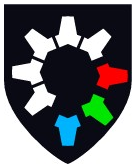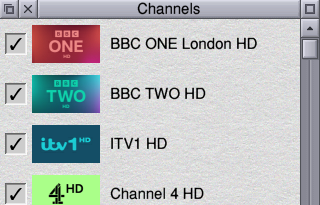First Heretic, then HeXen… now HeXen II, too. Ooh!
With the release of the Hheretic and Hhexen ports, RISC OS users had the first two games in the Heretic/HeXen series, originally developed by Raven Software and published by id Software. Now, a little under six weeks later, Chris Gransden has completed the original trilogy, releasing a port of uHexen2 (aka Hexen II: Hammer of Thyrion).
To play the game, the original HeXen II data files are required – and unfortunately, these aren’t available as a free download; this time the full commercial release of the game is needed. One option is to obtain it via Steam for a very reasonable price, though that does require a suitable Windows or Intel Mac computer onto which the Steam application can be installed, to be used for downloading digital purchases from the Steam store. An alternative source would be to obtain an old copy on CD – for example, from Amazon or eBay.
HeXen II was the third game in original Heretic/HeXen series, completing the Serpent Riders trilogy and, whereas its predecessors were based on a modified Doom engine, this one was based on a modified Quake engine, with such improvements as destructible environments, mounted weapons, and level-up abilities. Playing as one of four classes of character – the Paladin, the Crusader, the Necromancer or the Assassin – the objective was to defeat Eidolon, the oldest and most powerful of the three Serpent Riders, after first defeating his four generals, and in doing so liberate the world of Thyrion.
Being based on the Quake engine, the game makes extensive use of floating point. This means the frame rate is quite low, and the default settings (which can be changed in the !Run file) are for full-screen at 640 x 480, which “should be ok on lesser machines” – but a BeagleBoard (at minimum) is recommended to get playable frame rates.
There is also a VFP/NEON version for BeagleBoard/PandaBoard owners, which will yield a frame-rate of 38fps at 800 x 600 running full-screen on a PandaBoard ES at 1.5GHz, or 24fps on a BeagleBoard xM at 1GHz. This version is available on request from Chris – his contact details can be found in the !Help file within the application directory.




